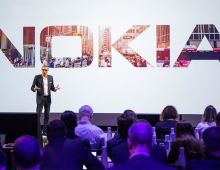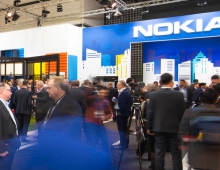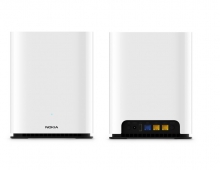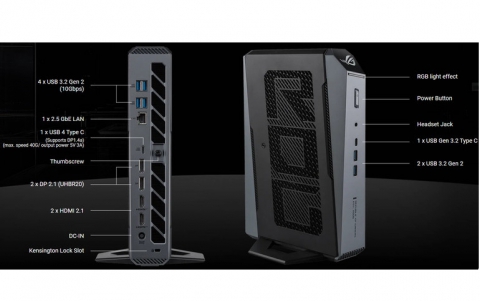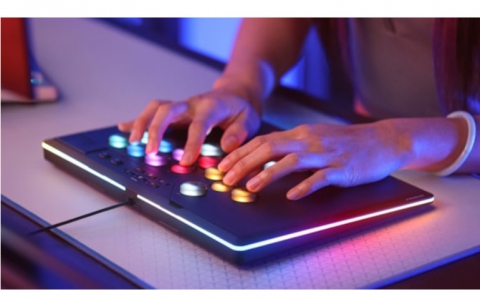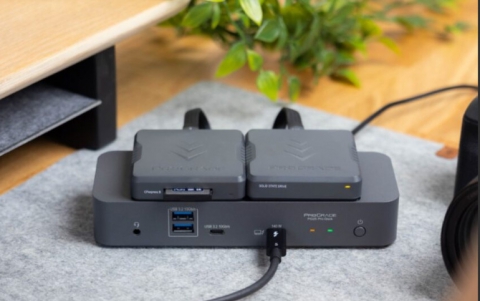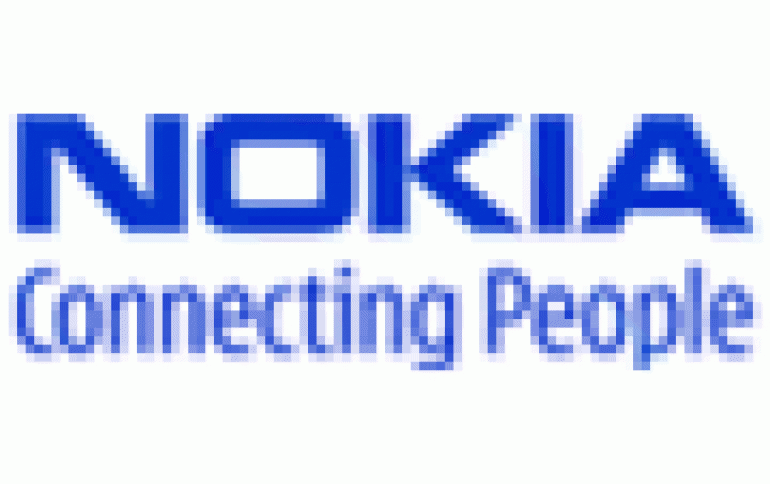
Nokia to Stop Making CDMA Phones
Nokia , the world's largest mobile phone maker, said it would stop making phones using the CDMA standard and had scrapped plans to produce them with Japan's Sanyo.
The Finnish company said on Thursday it would pull out of CDMA (Code Division Multiple Access) phone manufacturing, which it sees as a shrinking market in the longer term. It will continue to offer Nokia-branded CDMA handsets, made by contract manufacturers, in North America where the standard is popular.
CDMA is the less popular wireless telephony technology, used by 25 to 30 percent of mobile subscribers, and competes with the GSM standard used by about 70 percent of the world's 2 billion mobile phone users.
Though Nokia holds the number one spot in global handset sales, built on its strength in GSM which it helped to invent, the Finnish company has trailed in CDMA. It has tried to avoid using chips by Qualcomm Inc. , but could not avoid paying significant technology licensing fees to the U.S.-based firm which holds most patents to the CDMA technology.
The two have a bitter history over technology licensing and patent infringement cases and Qualcomm laid down new terms for the Sanyo-Nokia venture that were unacceptable to Nokia.
The Nokia/Sanyo venture, announced in February, had been intended to develop and make mobile phones using CDMA, which dominates in the United States and is popular in parts of Latin America and Asia including Japan, India and China.
The number of GSM customers is growing faster because handsets are cheaper than CDMA models. The cheapest GSM phones cost as little as $30 before local taxes.
Nokia said it will take a 150 million euro ($190 million) charge in its third-quarter accounts for restructuring its CDMA operations expects the changes to boost its operating margins.
It will end its own CDMA research and manufacturing by next April and is reviewing the options for its CDMA infrastructure and assets, after deciding against the Sanyo venture.
Nokia will stick to its goal of grabbing 40 percent of the global handset market over the long term, up from more than 35 percent at the moment.
Sanyo Vice President Koichi Maeda said his group would have to rethink after the Nokia joint venture fell through.
"We now must go back to the drawing board and decide on our strategy for the future."
CDMA is the less popular wireless telephony technology, used by 25 to 30 percent of mobile subscribers, and competes with the GSM standard used by about 70 percent of the world's 2 billion mobile phone users.
Though Nokia holds the number one spot in global handset sales, built on its strength in GSM which it helped to invent, the Finnish company has trailed in CDMA. It has tried to avoid using chips by Qualcomm Inc. , but could not avoid paying significant technology licensing fees to the U.S.-based firm which holds most patents to the CDMA technology.
The two have a bitter history over technology licensing and patent infringement cases and Qualcomm laid down new terms for the Sanyo-Nokia venture that were unacceptable to Nokia.
The Nokia/Sanyo venture, announced in February, had been intended to develop and make mobile phones using CDMA, which dominates in the United States and is popular in parts of Latin America and Asia including Japan, India and China.
The number of GSM customers is growing faster because handsets are cheaper than CDMA models. The cheapest GSM phones cost as little as $30 before local taxes.
Nokia said it will take a 150 million euro ($190 million) charge in its third-quarter accounts for restructuring its CDMA operations expects the changes to boost its operating margins.
It will end its own CDMA research and manufacturing by next April and is reviewing the options for its CDMA infrastructure and assets, after deciding against the Sanyo venture.
Nokia will stick to its goal of grabbing 40 percent of the global handset market over the long term, up from more than 35 percent at the moment.
Sanyo Vice President Koichi Maeda said his group would have to rethink after the Nokia joint venture fell through.
"We now must go back to the drawing board and decide on our strategy for the future."




